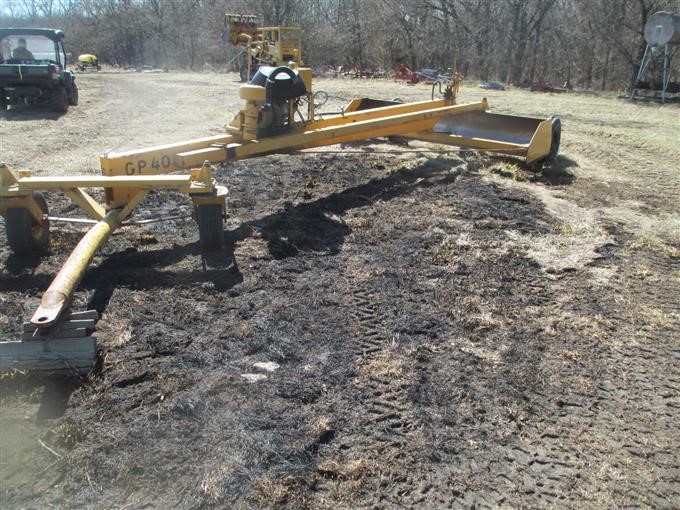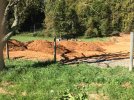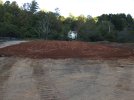As mentioned above ... there are some tricks...
Back in the day at least in my planet if one wanted to succed as contruction operator one got to master the big 3... Dozer , Excavator, Loaders either wheled or track. Pro´s were also able to operate motorgraders... (thats another keen)
Let me point out 2 or 3...
When u´re starting u can´t "hear the machine talking to u", until u´re able to "listen" the machine
start always from a flat surface, then level the blade in the air and lower it slowly, barely touching the ground, then start moving foward, slowly untill u master the lift, 1st gear . Keep in mind that thing weigh a ton at least , plus 1 cubic meter of dirt weigh another 2.5 ton all this will push the blade in the ground...
Second trick is to have the blade always suspended from the tractor, never push it down, if it is not digging by itself u need to ripper.
Third trick, has to do whith how u use the controls... always one motion at a time, and haft second imputs at half control range, if u need more motion, have 2 or 3 half second strokes consecutively...and keep in mind that once u push down 2 or 3 strokes probably u´ll need to lift it 3 or 4 seconds later.
There´s some 20 years that i do not drive a dozer for a living, back in the day with a PAT blade in a D5 i was able to use the 3 functions at the time, and make some motor grader drivers shy, with enough time and "employer" patience of course.



